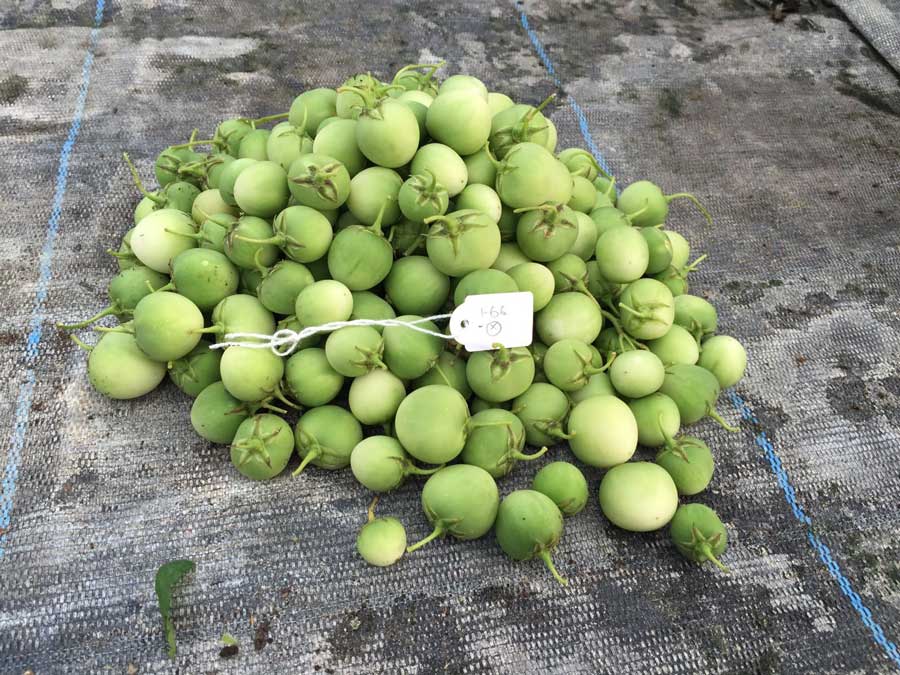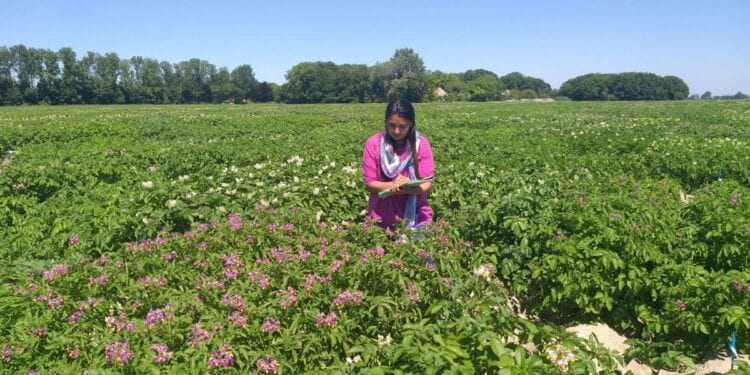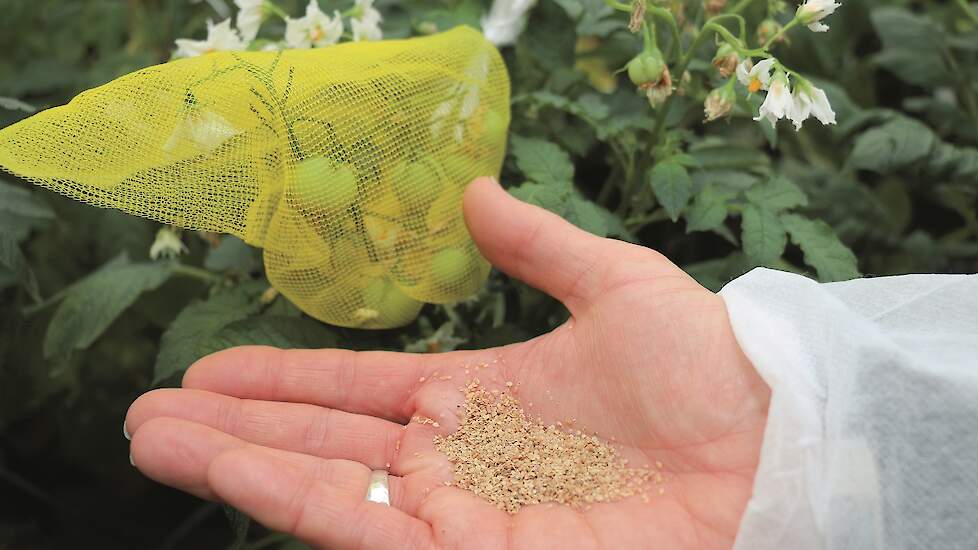Harvest 80 tons of potatoes with 25 grams of seed per hectare? That’s where it’s definitely going, according to R&D director Edwin van der Vossen of Solynta. Now that the technology behind the hybrid potato is in place, the company is looking for a partnership with Avebe. How far is it exactly with the hybrid potato?
Last year, Solynta registered its first varieties for the variety list. This means that these hybrid potatoes can compete with the current varieties on the market in terms of performance. An important moment, all the more because unforeseen technical obstacles meant that the introduction of a commercial variety took a few years longer than Solynta initially hoped. Those problems have now been tackled, says research director Edwin van der Vossen.

Tailor-made breeding
An important step is the collaboration between Solynta and Royal Avebe announced last month. Solynta will work on a hybrid starch potato with Averis, Avebe’s breeding company. “This is where our knowledge and our hybrid platform come together with Avebe’s product knowledge. Together we can work on the properties you need for a good starch potato. Because they understand that. ”
The coming years will be used to cross-breed the required traits in new parent lines. “On the one hand, that means a whole series of cultivation properties that play a role in the north-east of the Netherlands and north-west Germany, such as resistance to a whole series of nematodes, phytophthora and wart disease. In addition, we will focus on the ingredients. In addition to starch and protein, these can also be other components. So we are not only focusing on a potato with a high starch yield, but are also creating a potato that is more broadly focused on the ingredients market. ”
From 2027, Van der Vossen expects that the breeding program will produce the first commercial varieties. “Then the parent lines must at least be there.”

Read the full interview with Solynta in the May trade magazine Akkerwijzer. Not a subscriber yet? Request a free trial number .

